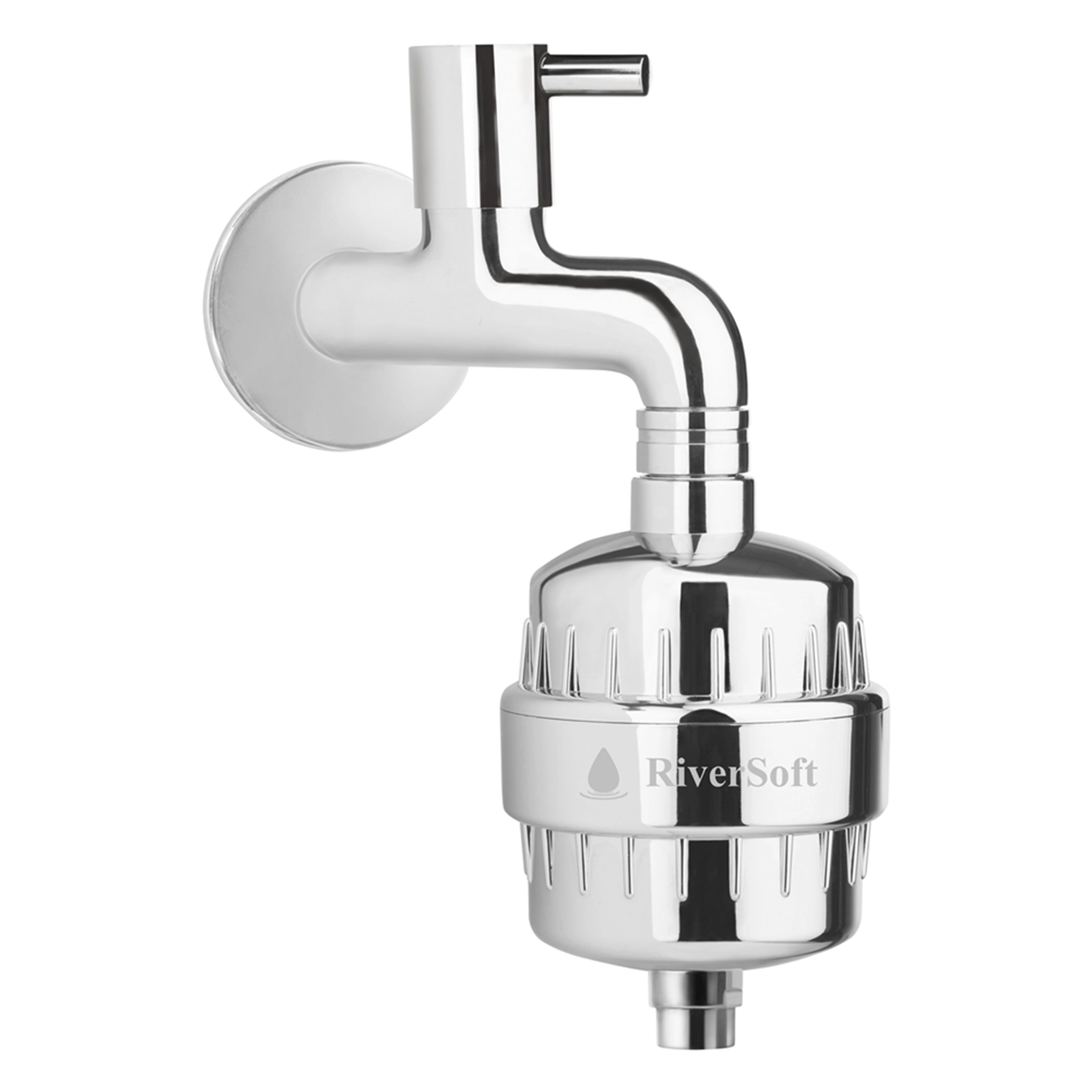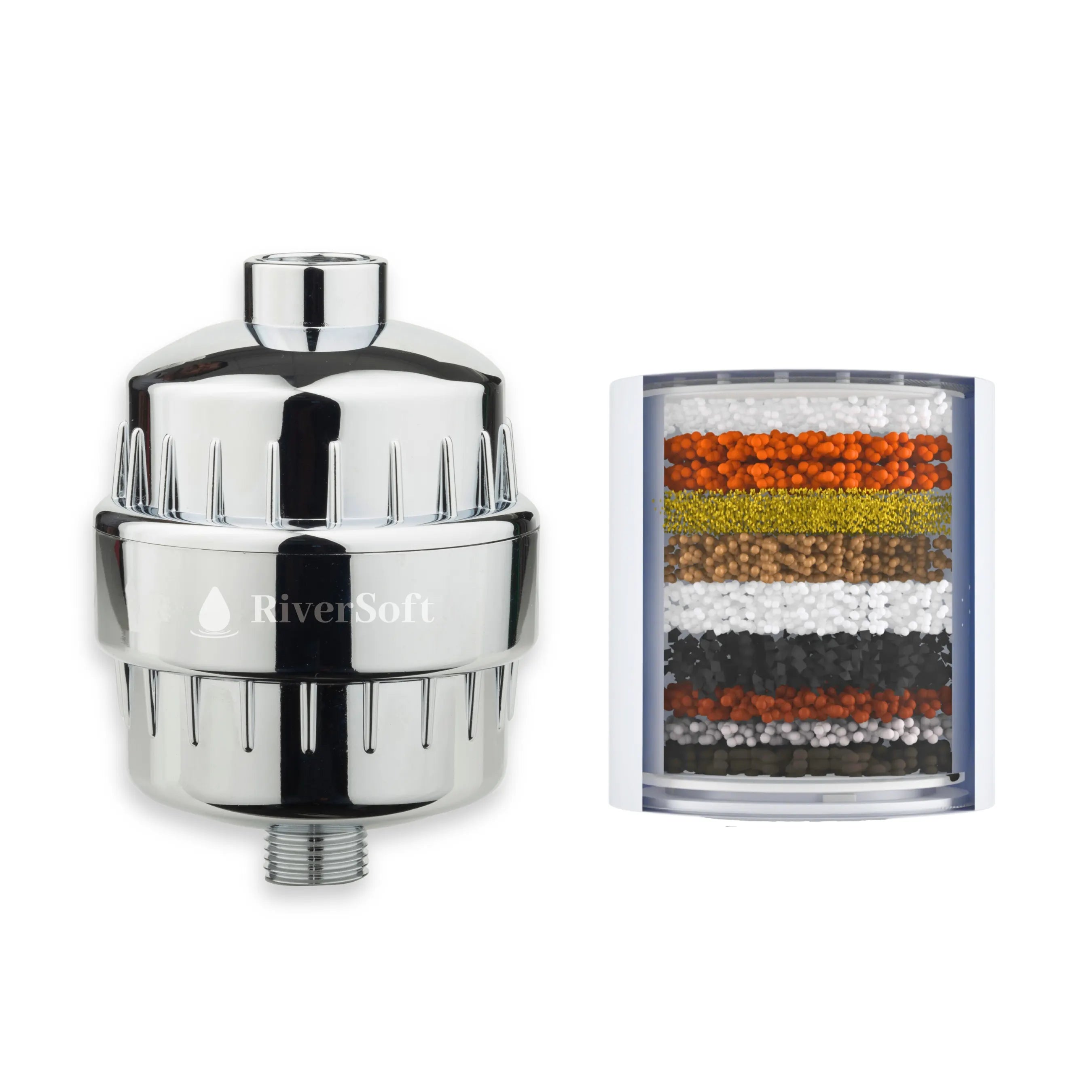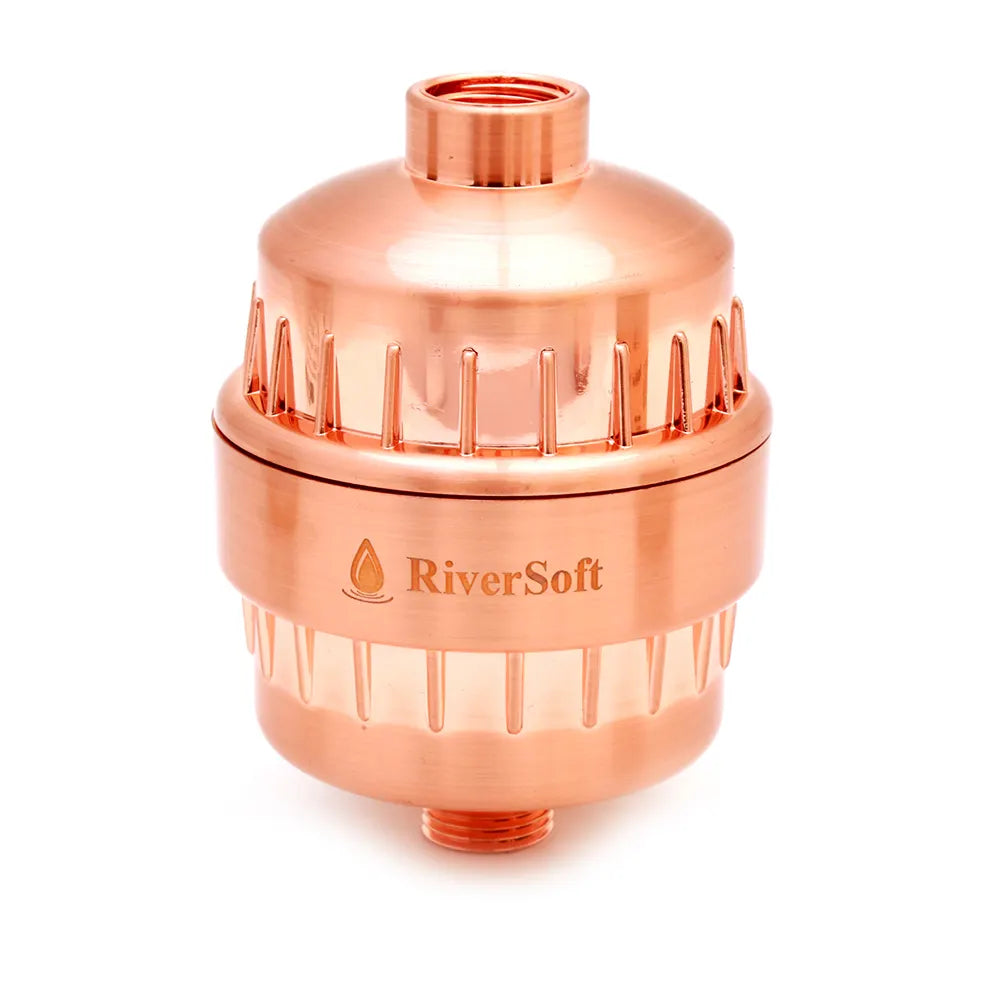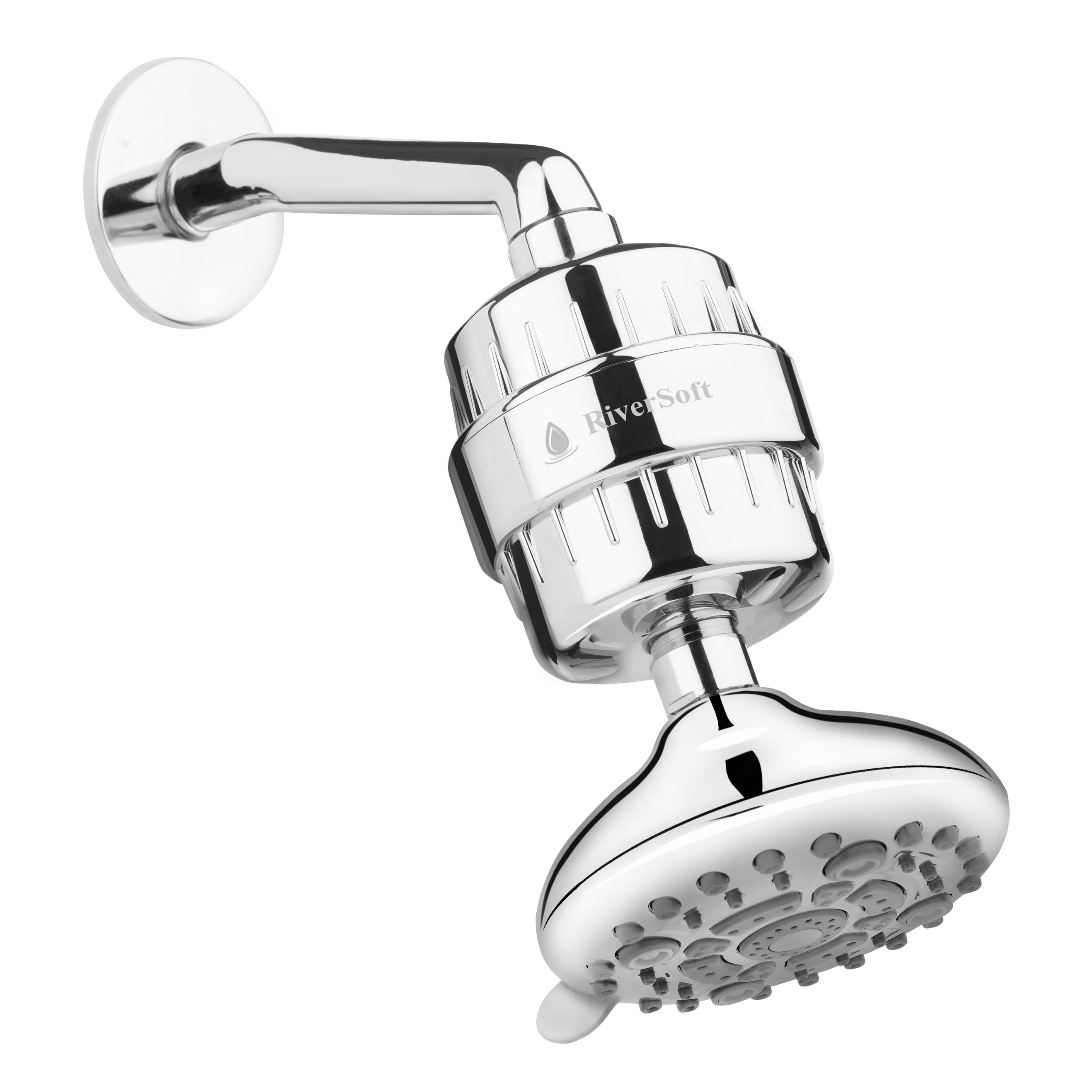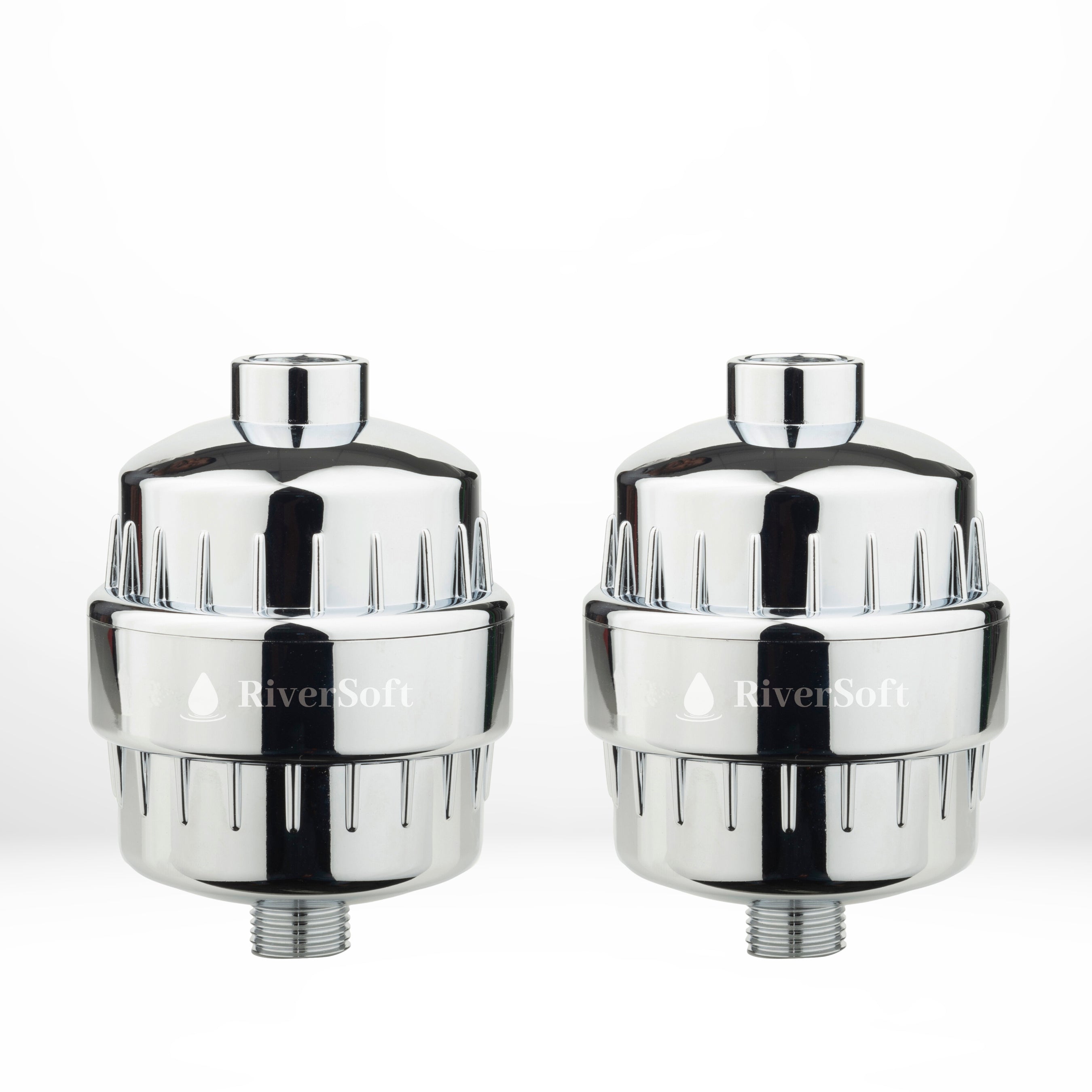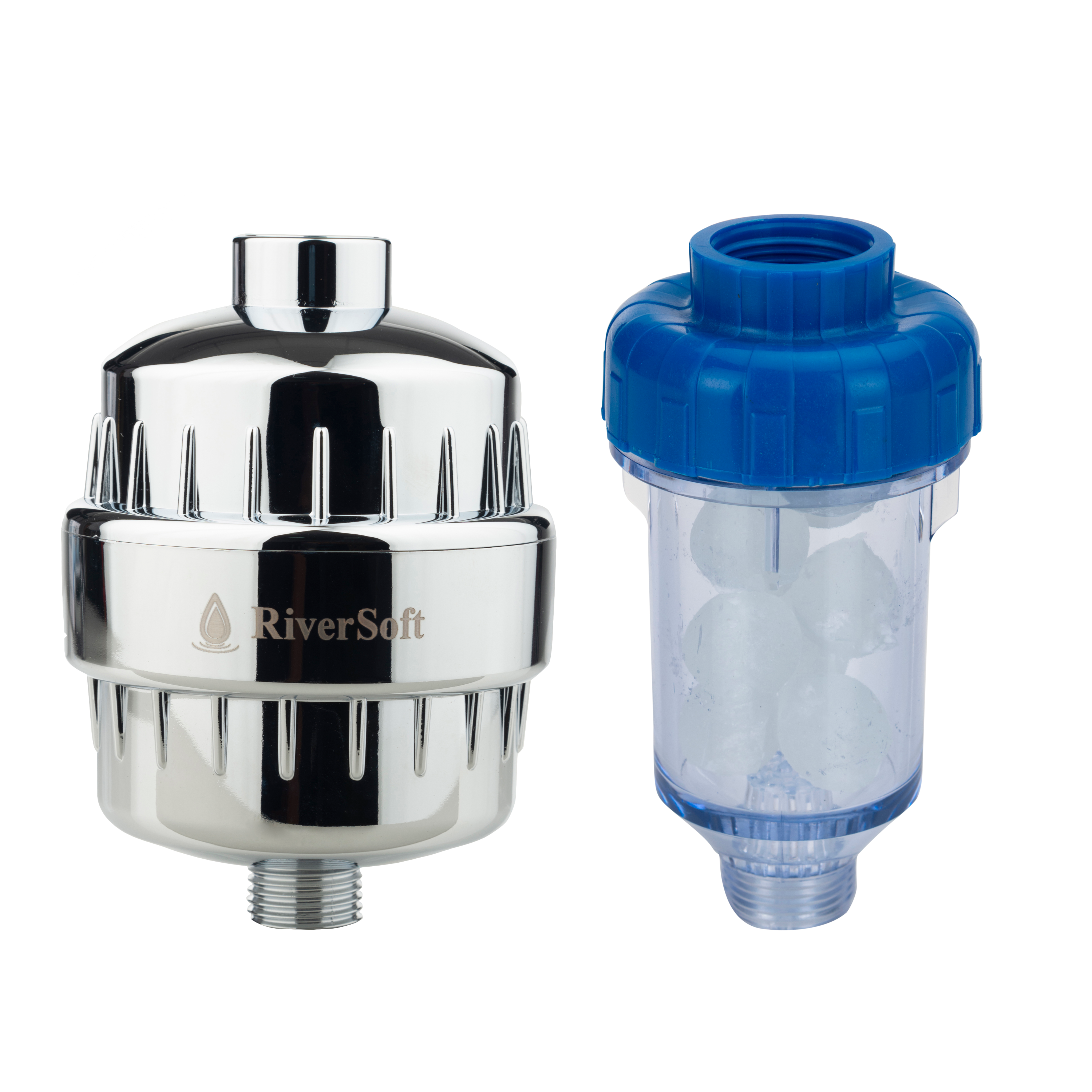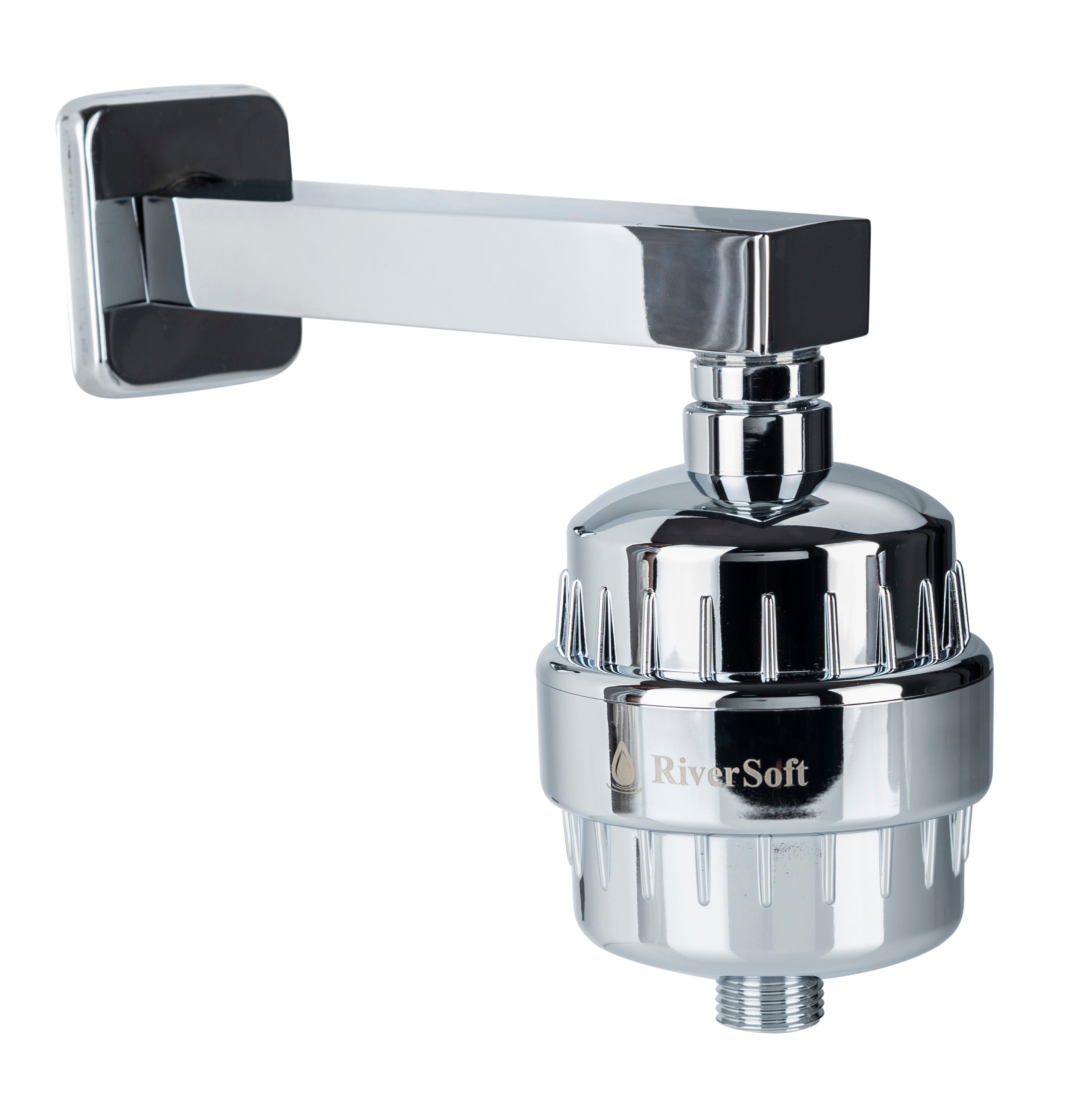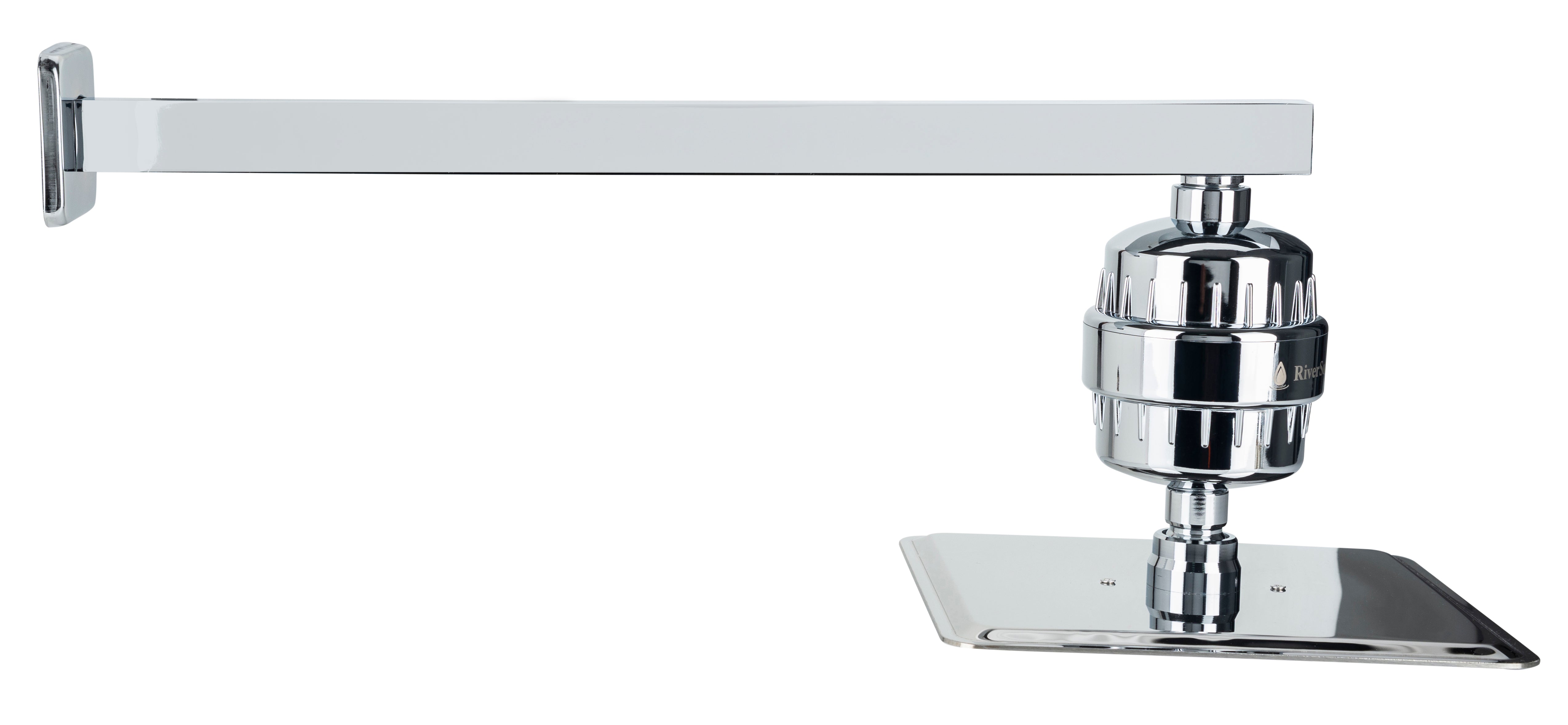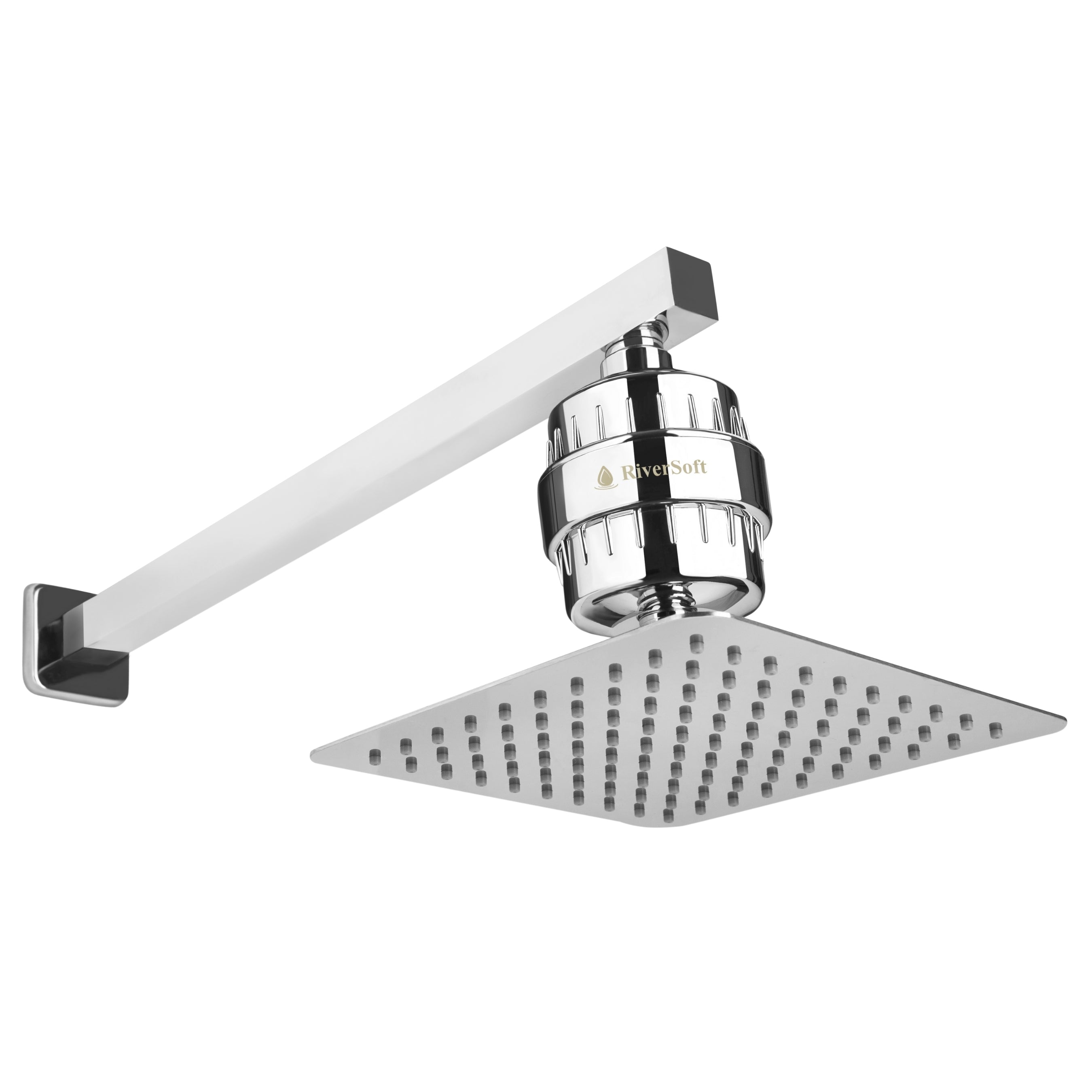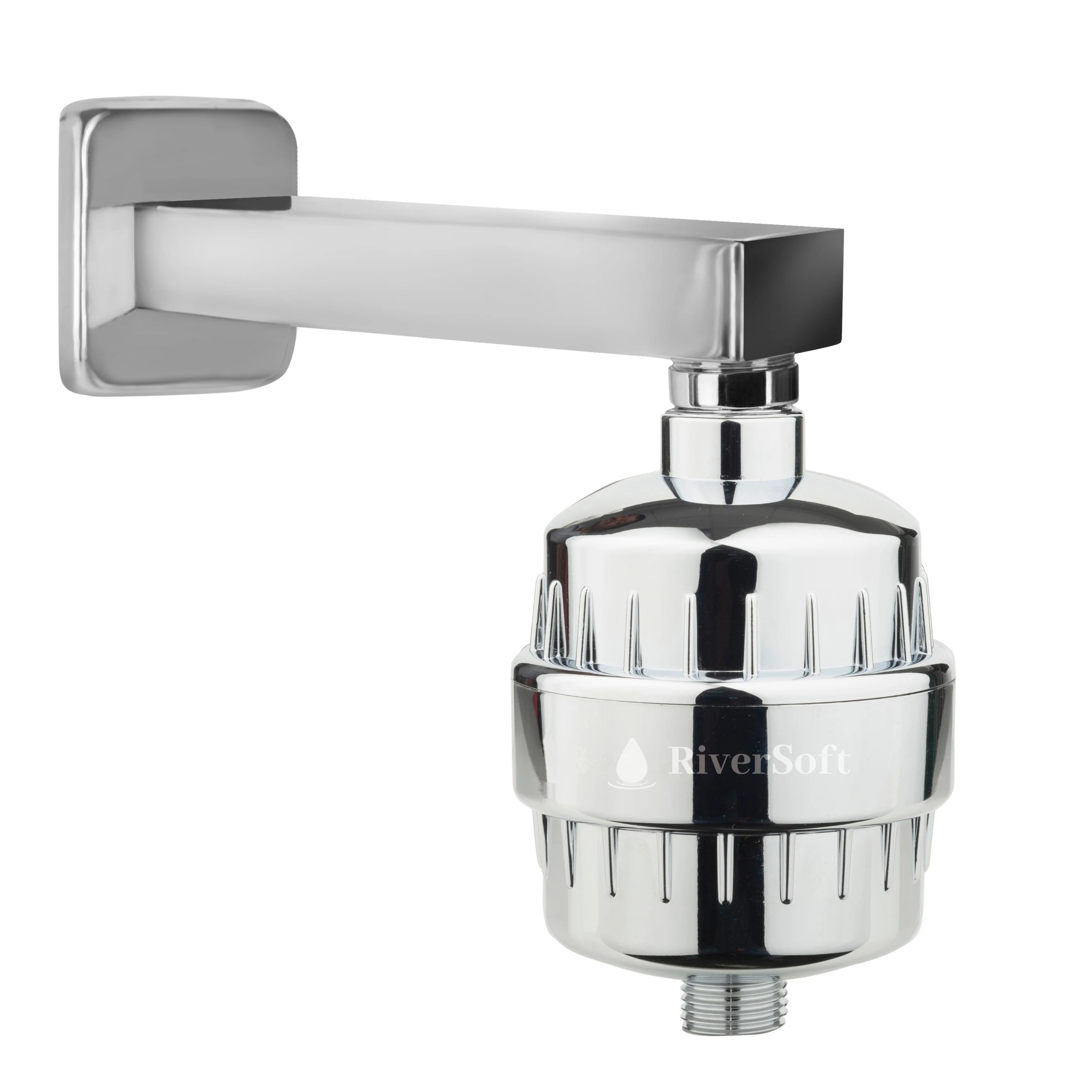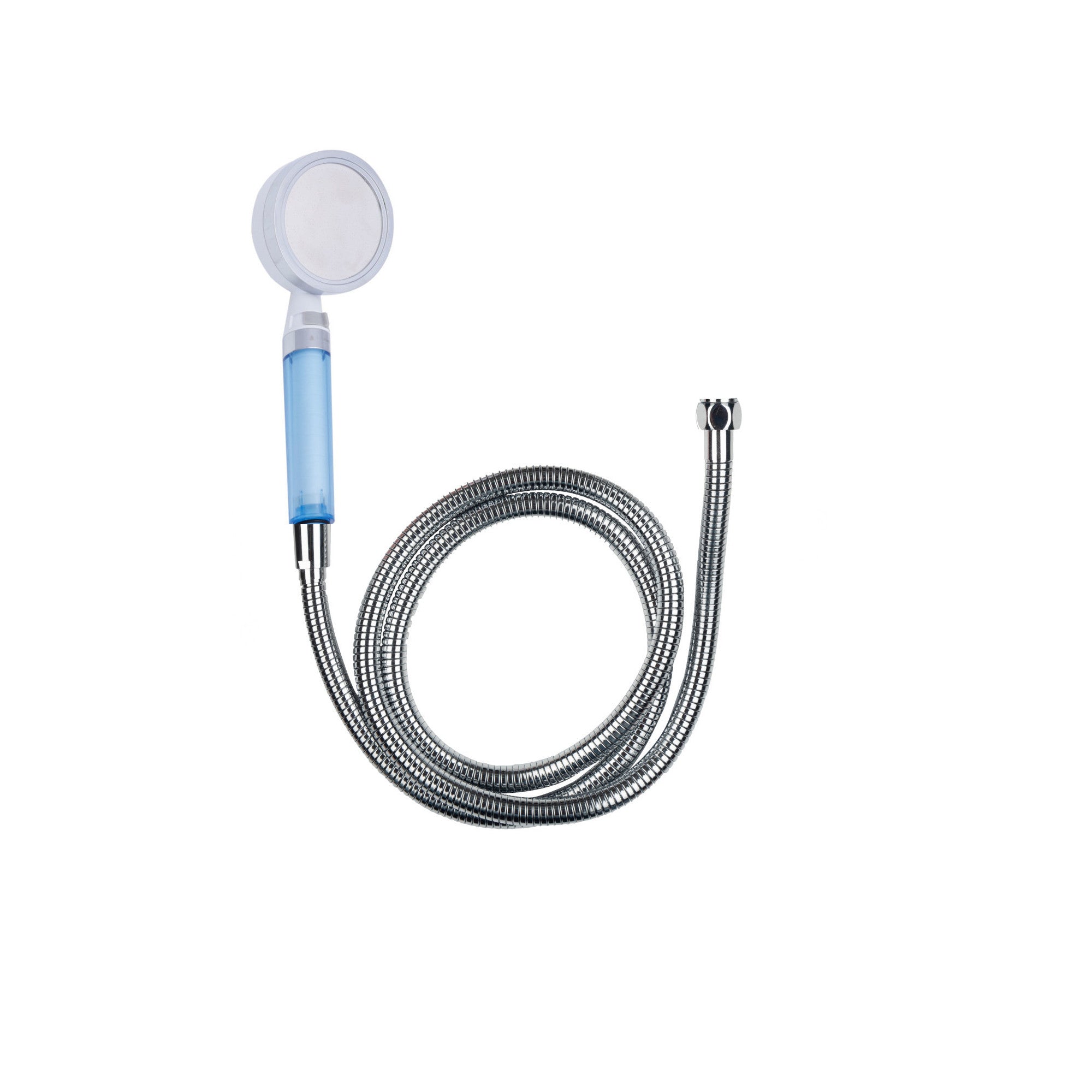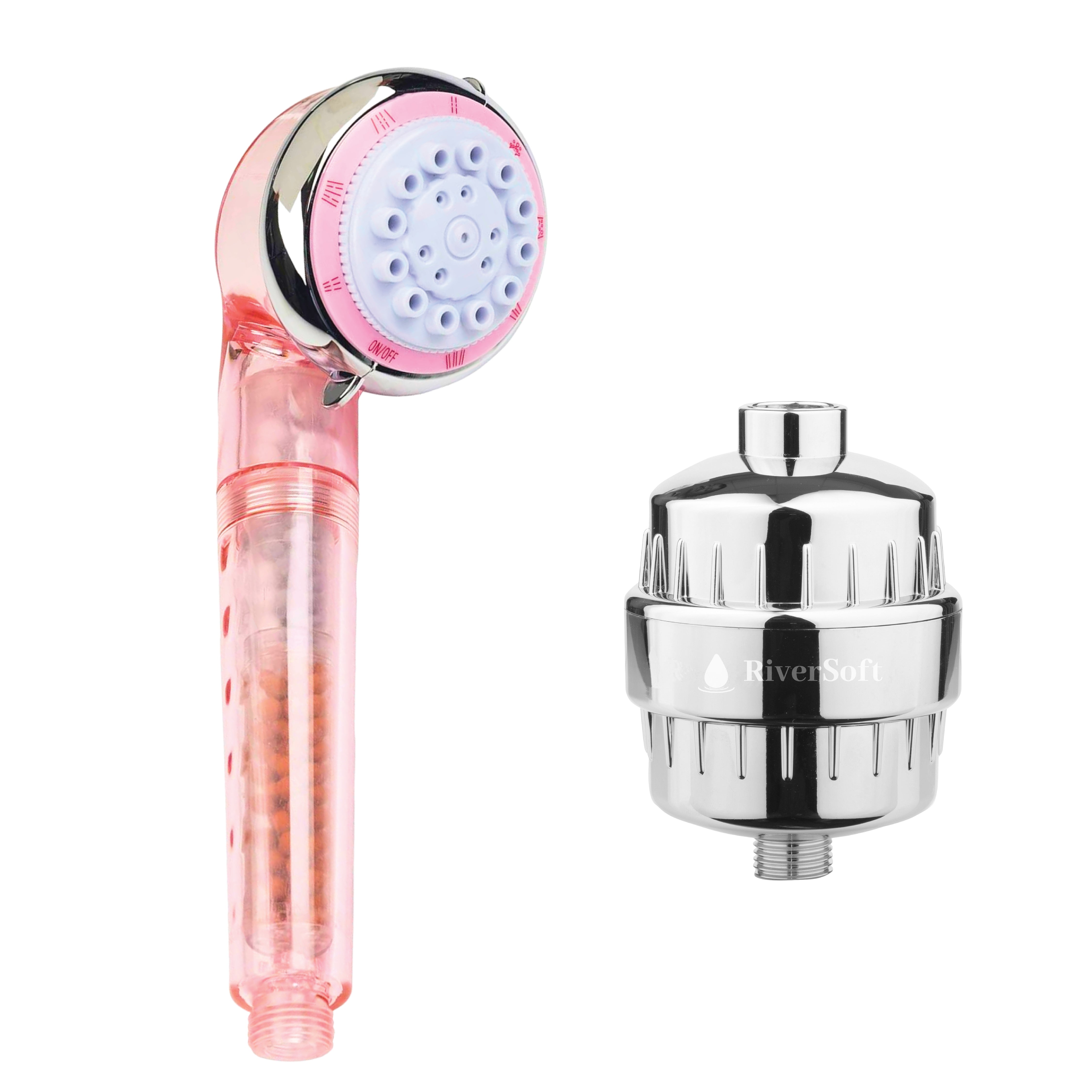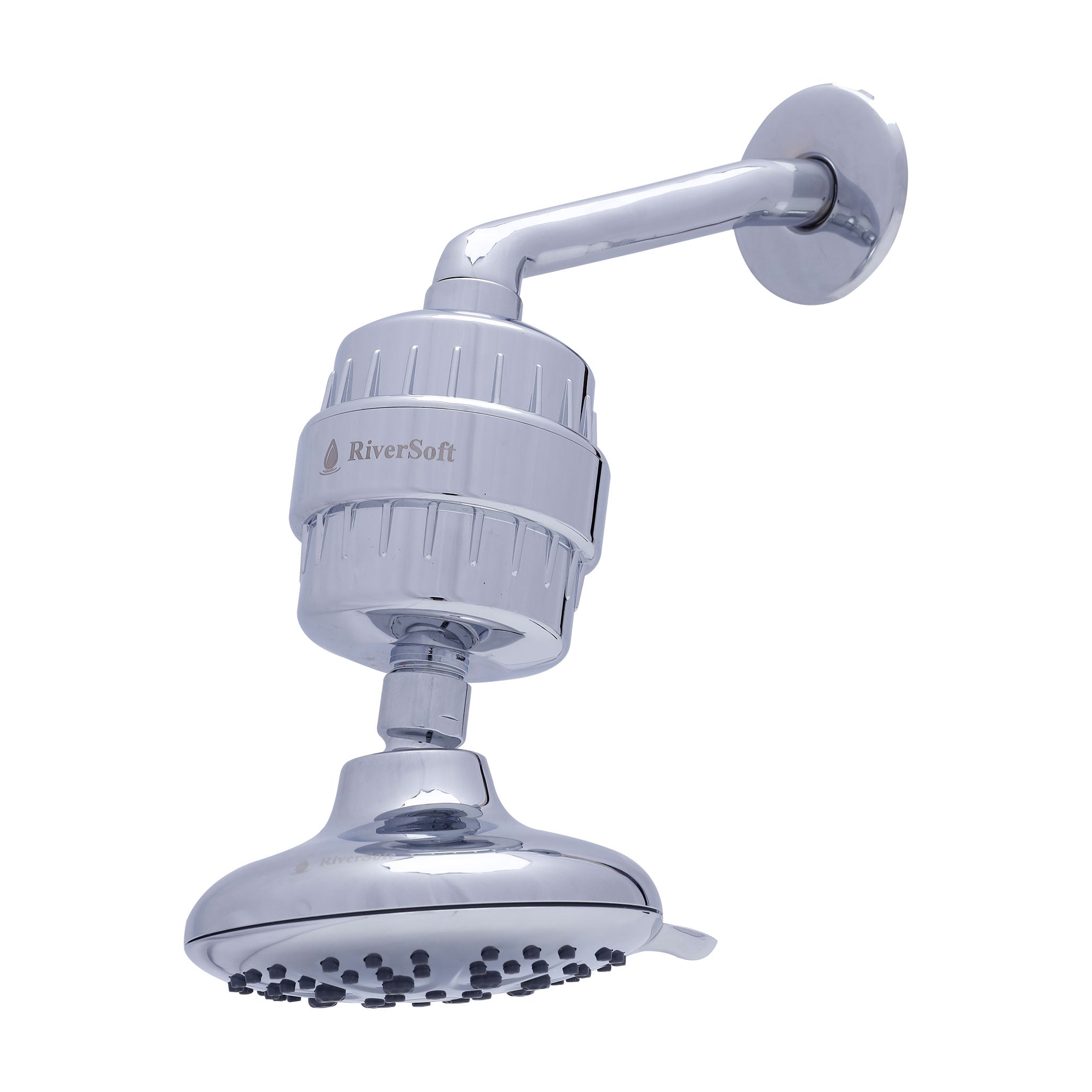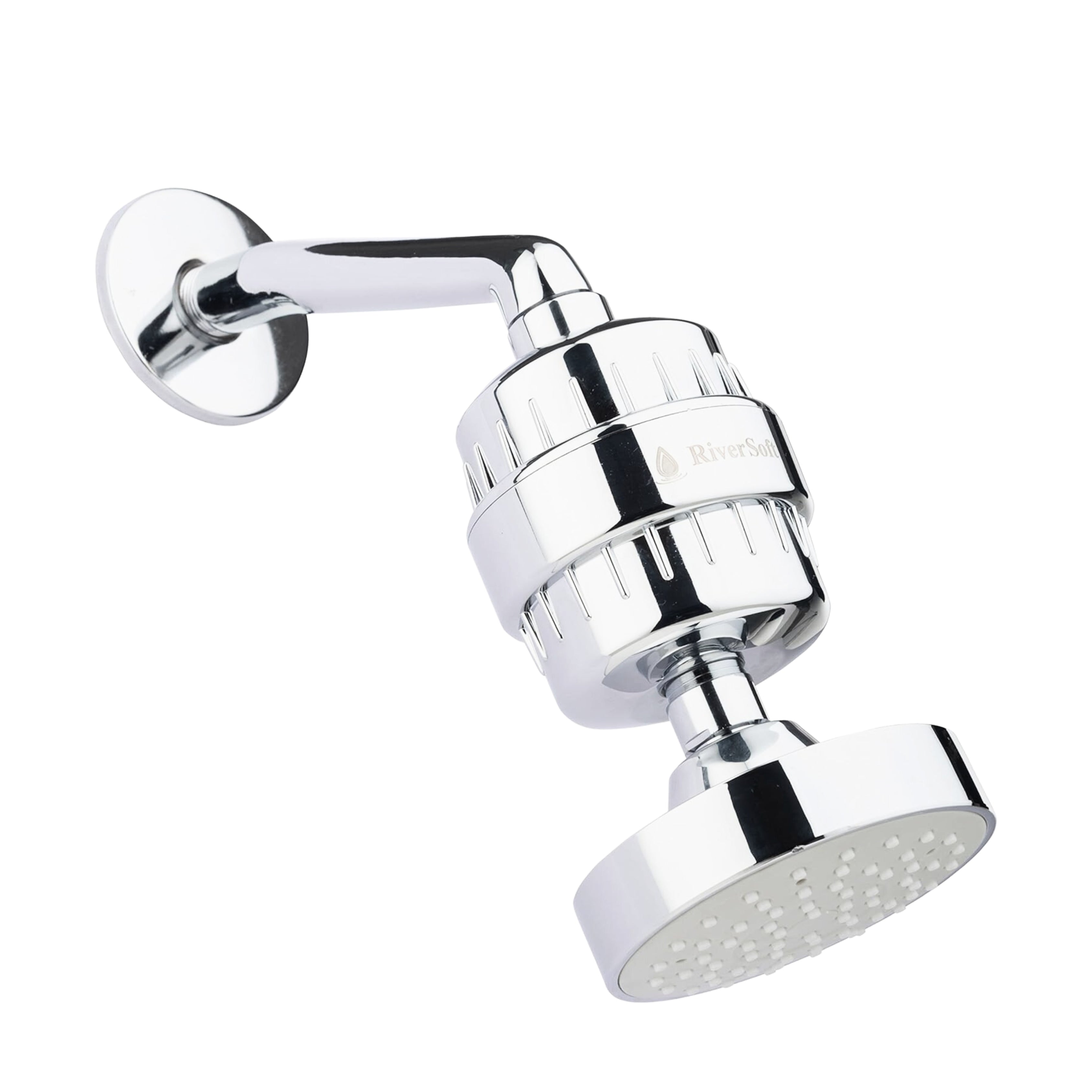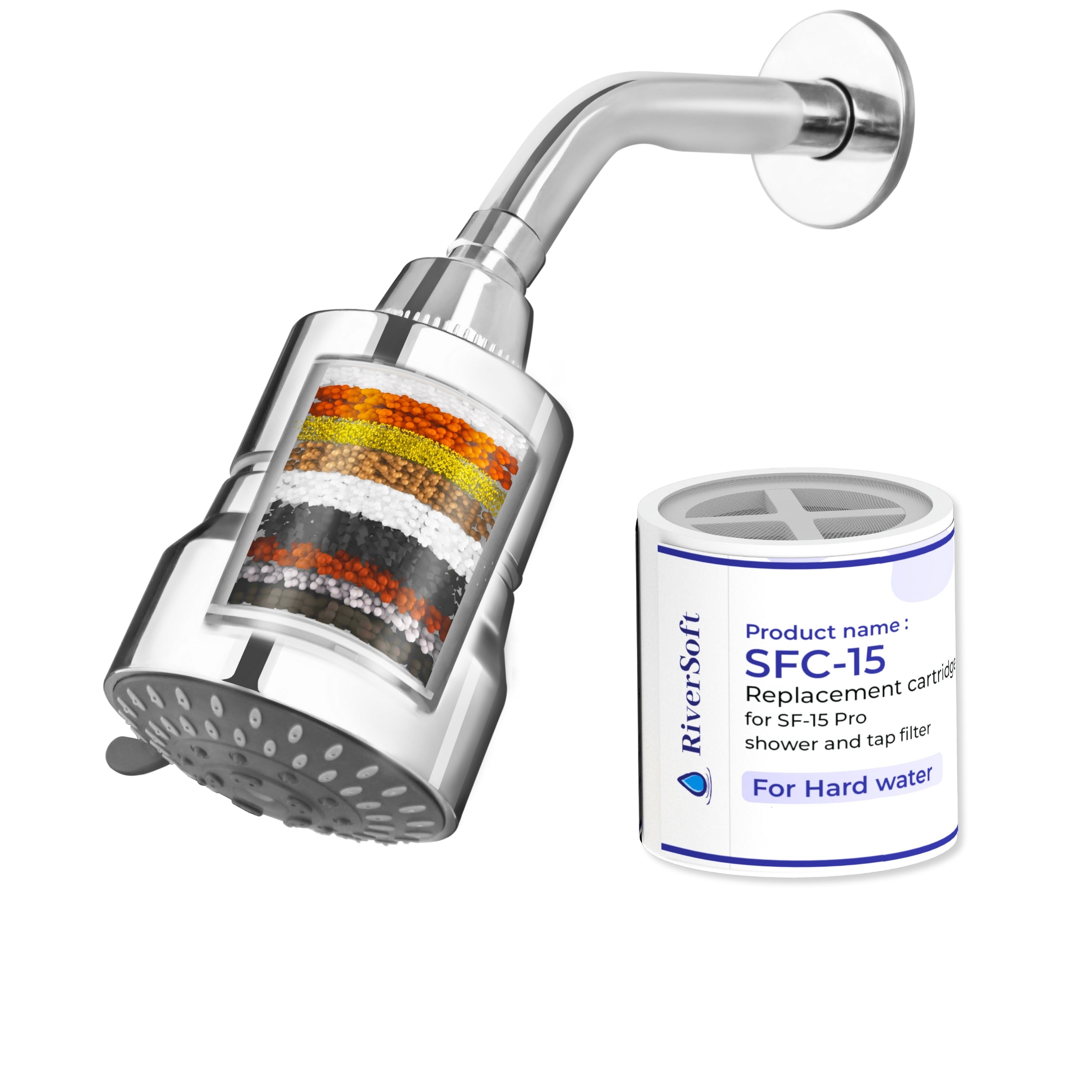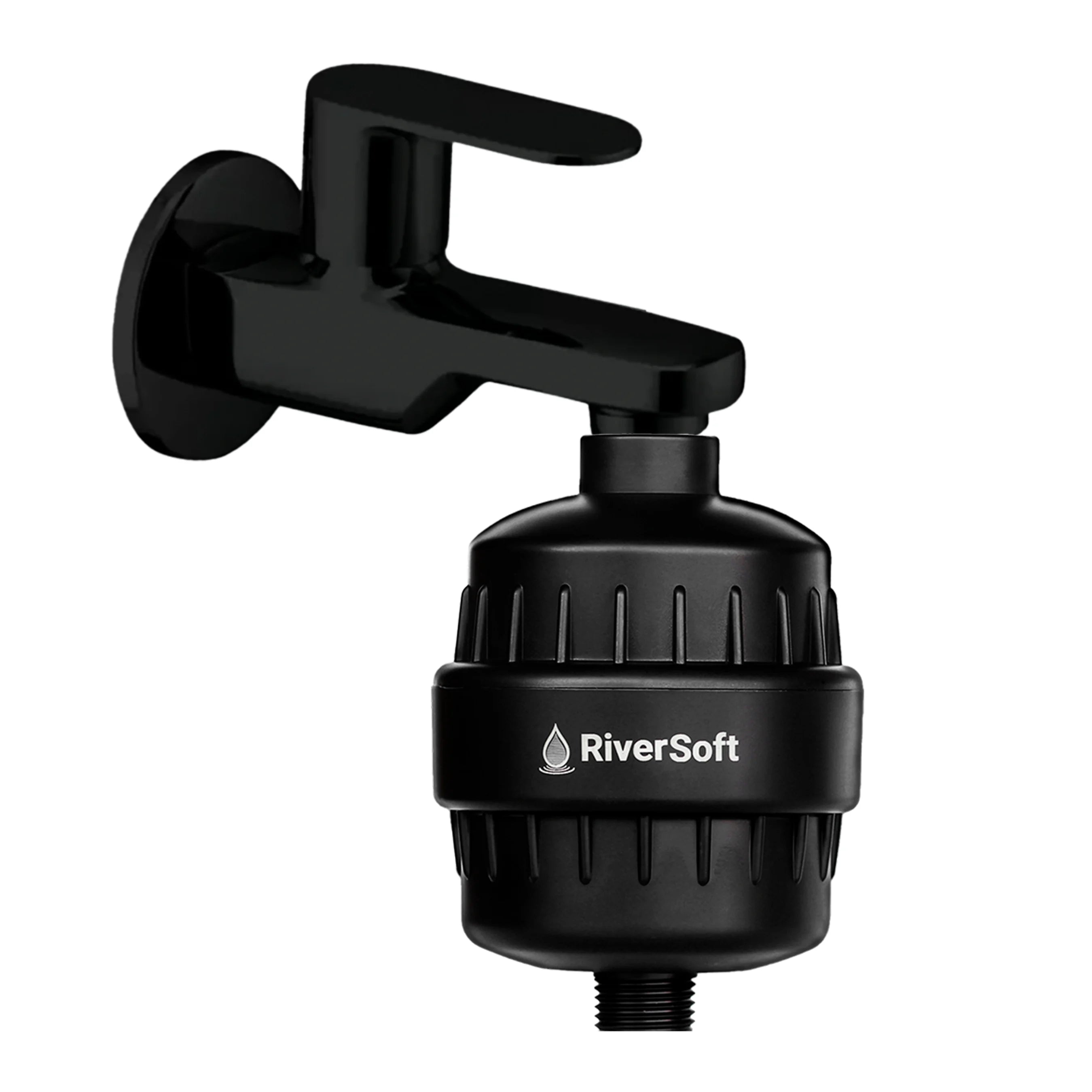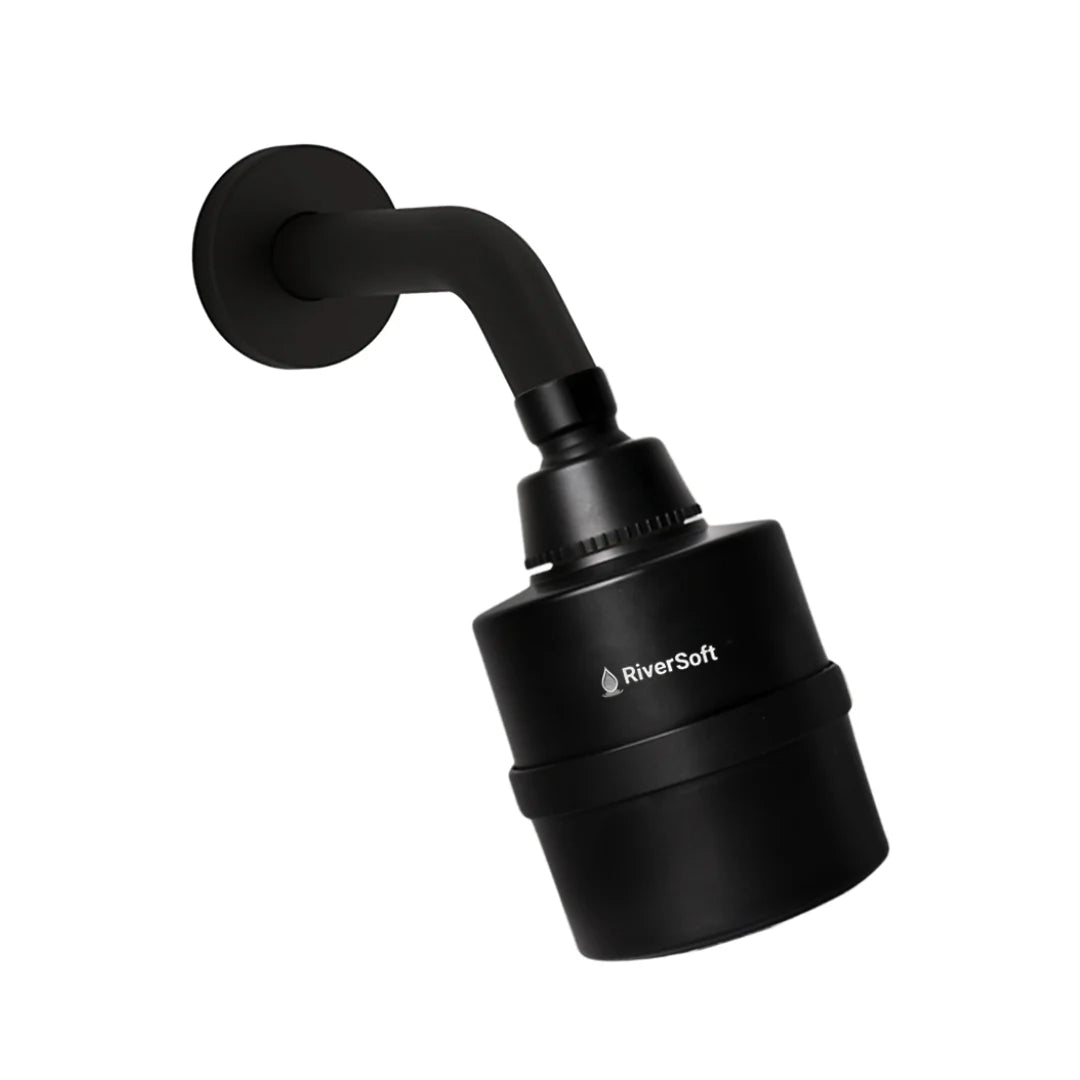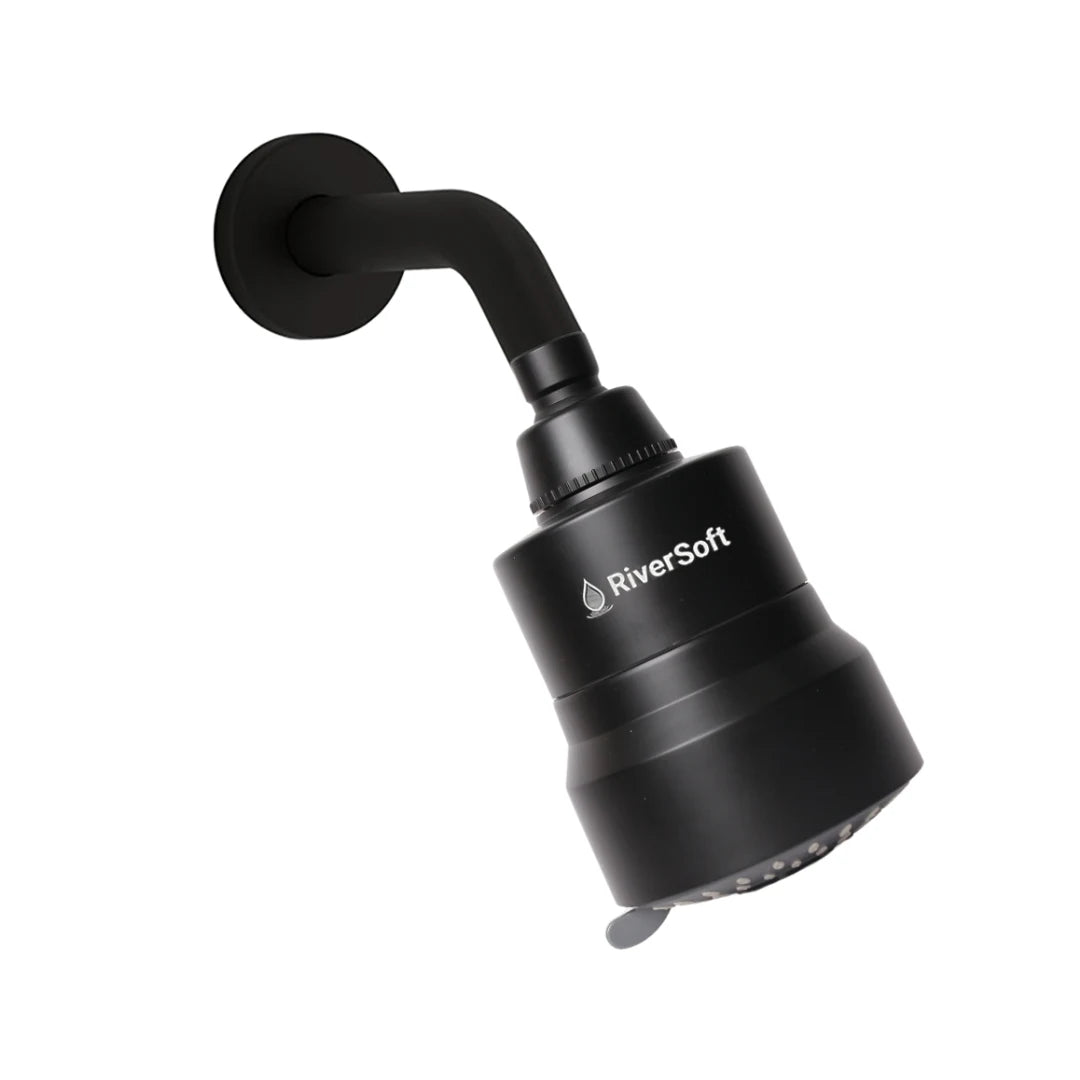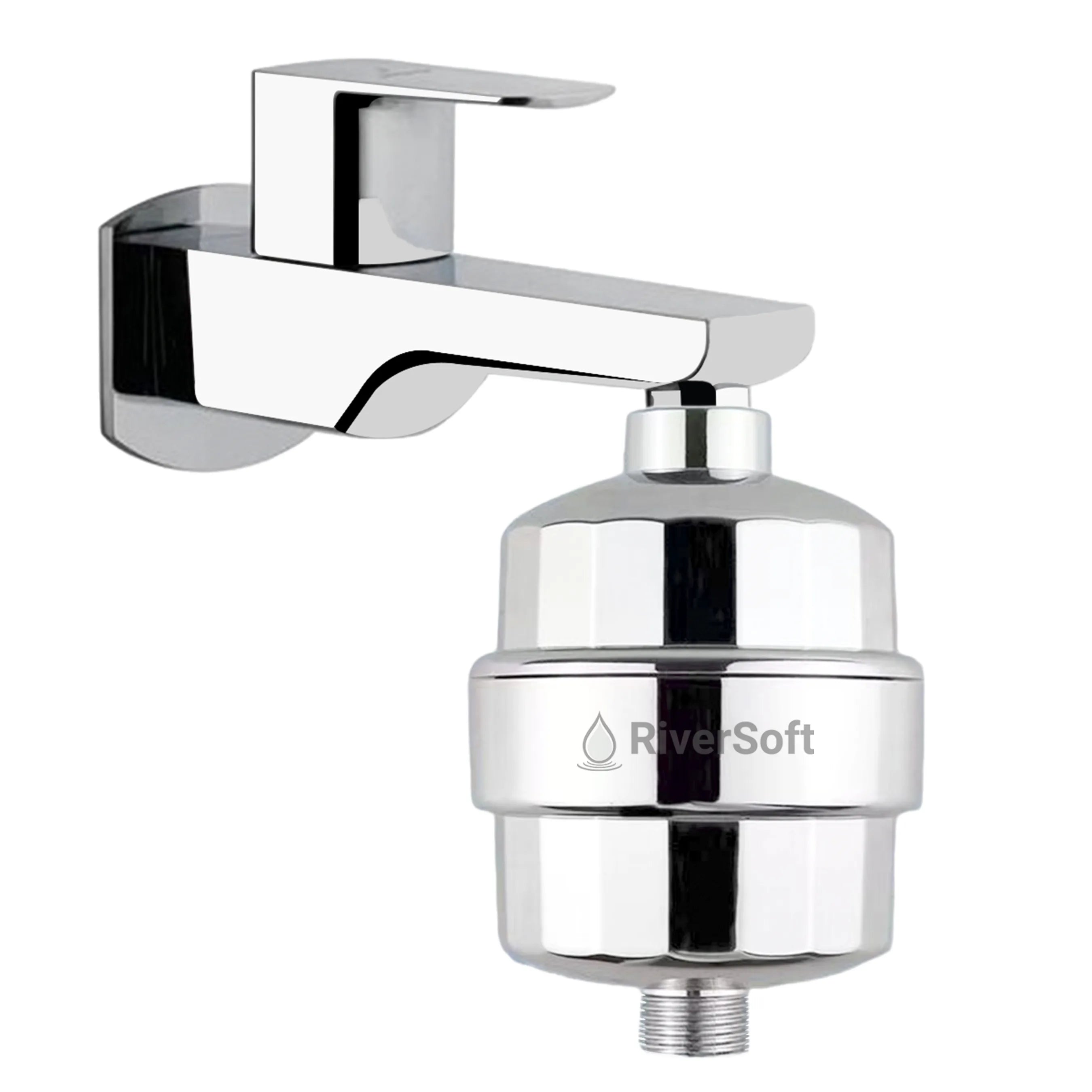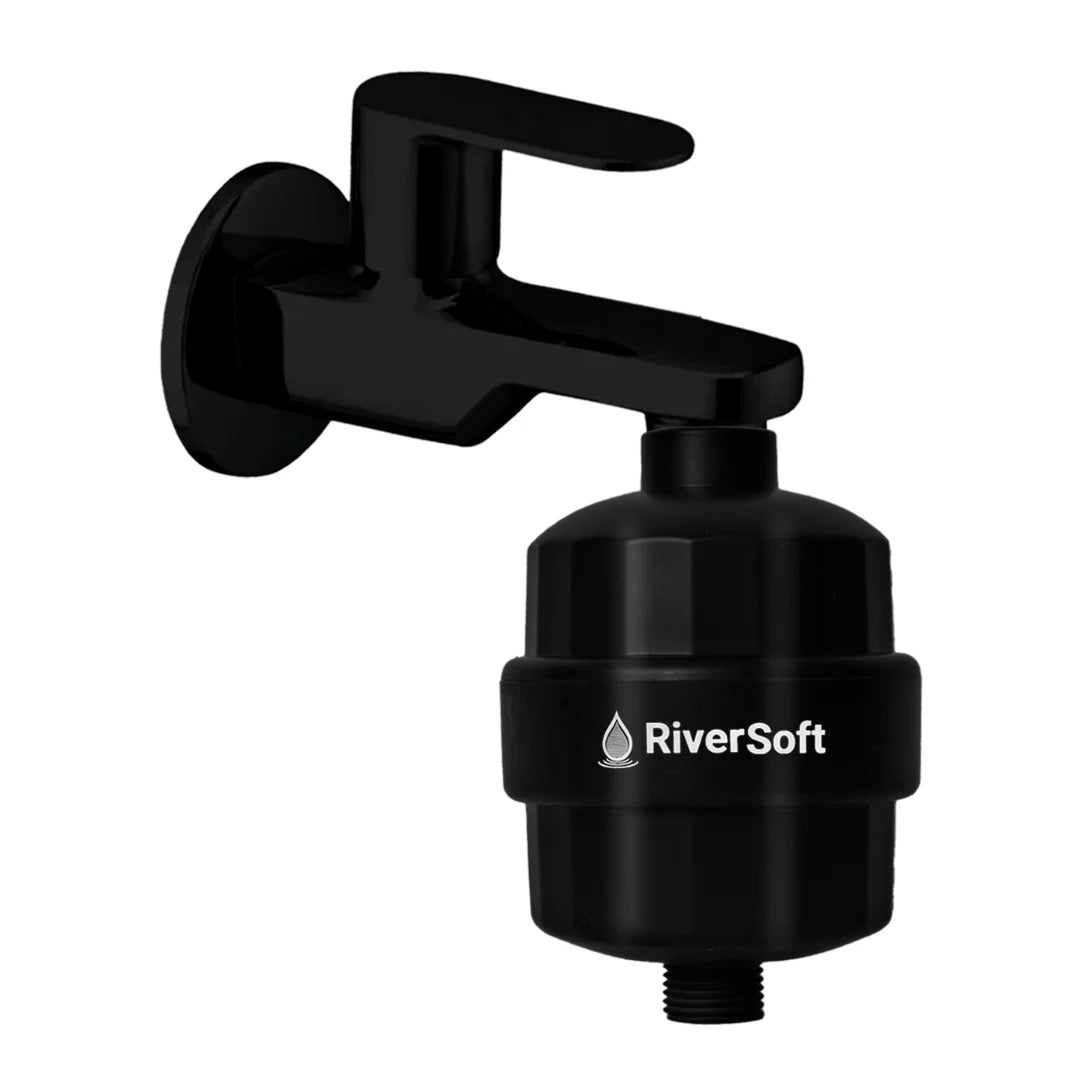Our planet’s most essential resource, water, is vanishing at an alarming rate. With the global population projected to hit 9.7 billion by 2050, water demand for household and industrial usage is expected to rise by over 55%. This makes water scarcity one of the most urgent environmental challenges of our time.
Rainwater harvesting is an effective solution to water scarcity. By collecting and storing rainwater, we can reduce our reliance on city water and help conserve resources.
This guide will walk you through practical steps to implement rainwater harvesting techniques.
What is Rainwater Harvesting?
Rainwater harvesting is the process of collecting (captured on rooftops or large areas), storing (storing in large tanks or in underground reservoirs), and using the rainwater for various purposes, including irrigation, household use, and even drinking water after proper filtration.
Rainwater harvesting has been practised for centuries, with ancient civilizations in India using step-wells and temple tanks for efficient water storage. Rain water harvesting needs more a stringent application in our times.
Benefits of Rainwater Harvesting
Rainwater harvesting provides many benefits for the environment, economy, and society.
Environmental Benefits
-
Reduces stormwater runoff, preventing soil erosion and waterlogging.
-
Helps recharge groundwater levels, vital for arid regions.
-
Lowers pollution by keeping contaminants out of rivers and lakes.
Economic Benefits
-
Reduces reliance on municipal water, lowering water bills.
-
Cuts costs of transporting water in drought-prone areas.
-
Boosts agricultural productivity with an alternative water source.
Social Benefits
-
Provides a reliable water source for communities with limited clean water access.
-
Increases self-sufficiency in rural and drought-affected areas.
-
Promotes sustainable water usage and long-term conservation.
Rainwater harvesting offers great benefits for the environment, economy, and society.
Let’s now look at the key parts that make a rainwater harvesting system work well.
Components of a Rainwater Harvesting System
To create an effective rainwater harvesting system, understanding its core components is essential.
1. Catchment Area
The catchment area is the surface where rainwater is collected, like rooftops or paved areas. The surface quality affects the water's cleanliness. Smooth, non-porous materials like metal sheets or tiles are best, as they reduce contamination and help water flow better.
2. Filtration & First-Flush System
Filtration is essential to ensure that stored rainwater remains clean and free from impurities. A sediment filter removes dirt, debris, and contaminants before the water enters the storage tank. Additionally, a first-flush system diverts the initial batch of rainwater-often carrying dust and pollutants-away from the tank, improving overall water quality.
3. Storage Tanks
Storage tanks hold collected rainwater for later use. Above-ground tanks are easy to install and maintain, while underground reservoirs save space and protect water from temperature changes and contamination.
4. Conduits
Conduits, like gutters and downpipes, carry rainwater from the catchment area to storage. Well-designed conduits prevent water loss and blockages from debris. Regular cleaning is needed to keep them working properly.
Now that we've covered the components - let's explore the steps needed to set up a rainwater harvesting system effectively.
Steps to Set Up a Rainwater Harvesting System
Here’s a simple guide to get started:
1. Installation
Install gutters and downpipes to direct rainwater efficiently to the storage tanks. Ensure storage tanks are securely positioned to prevent contamination.
2. Choosing the Right System
Choose a system based on your needs, including tank size, filtration, and budget. The system's efficiency depends on your climate and water availability. In high-rainfall areas, larger tanks and filtration may be needed, while drier regions might require pumps or boosters to ensure proper water distribution. These factors optimize the system for your location.
3. Site Assessment
Choose a location for your system based on space, climate, and roof type. High rainfall areas benefit from larger catchment areas, while drier regions need better storage and distribution. Smooth, non-porous roofs like tiles or metal help collect cleaner water.
4. Maintenance
To keep your system working well, do regular checks. Clean gutters and downpipes twice a year to avoid blockages. Check tanks once a year for any leaks or dirt. Clean or change the filters every 3-6 months, depending on how much you use it. Also, check pipes for leaks and fix them quickly to keep the water flowing smoothly.
Setting up a rainwater harvesting system takes planning, installation, and upkeep. Once done, you can use the water for many purposes-here’s how to make the most of it.
How to Use Collected Rainwater
Once collected, rainwater can be put to various uses, both for non-potable and potable needs.
Non-Potable Uses
Non-potable uses of collected rainwater include watering gardens and landscapes, flushing toilets, and cleaning. It’s also used in cooling systems for commercial buildings.
Potable Uses
For potable uses, rainwater needs to be purified with advanced filtration methods like sediment filters, prefilters and UF filters to remove various impurities and sediments found in water. After proper purification, it becomes safe for drinking and cooking.
Now that you know how to use collected rainwater-let's take a look at how two different states in India have implemented various techniques to make the most of this precious resource.
Rainwater Harvesting Techniques in Different States of India
Rainwater harvesting techniques vary across India, with each state implementing unique methods suited to their specific needs and environments.
Rainwater Harvesting In Tamil Nadu
Tamil Nadu was the first state in India to make rooftop rainwater harvesting mandatory in 2003. It is used in schools, homes, and government buildings to manage water. The state uses recharge pits to refill the groundwater and rainwater tanks to store water for immediate use, ensuring a sustainable water supply.
Rain Water Harvesting In Meghalaya
Meghalaya, one of the wettest places on Earth, gets heavy rainfall, making rainwater harvesting important. The region uses a traditional bamboo drip system to collect rainwater. Bamboo pipes channel water from rooftops into tanks for farming and household use. This eco-friendly method has been passed down for generations, showing the region's commitment to sustainable water management.
Both of these states use different rainwater harvesting methods to meet their unique water needs. These strategies help manage water resources effectively and are excellent examples of practical water conservation tips in action.
Conclusion
Rainwater harvesting is a vital water conservation method for individuals and communities. As water scarcity grows, adopting rainwater harvesting techniques ensures a reliable water supply.
This approach offers environmental, economic, and social benefits, making it a sustainable solution worldwide. Governments, businesses, and individuals must act to make rainwater harvesting a long-term strategy. By using this method, we can ensure clean water for all.
To learn more about sustainable water management and purification, visit RiverSoft - and start making a positive impact today by conserving water for a better tomorrow.
Reference: Savethewater


